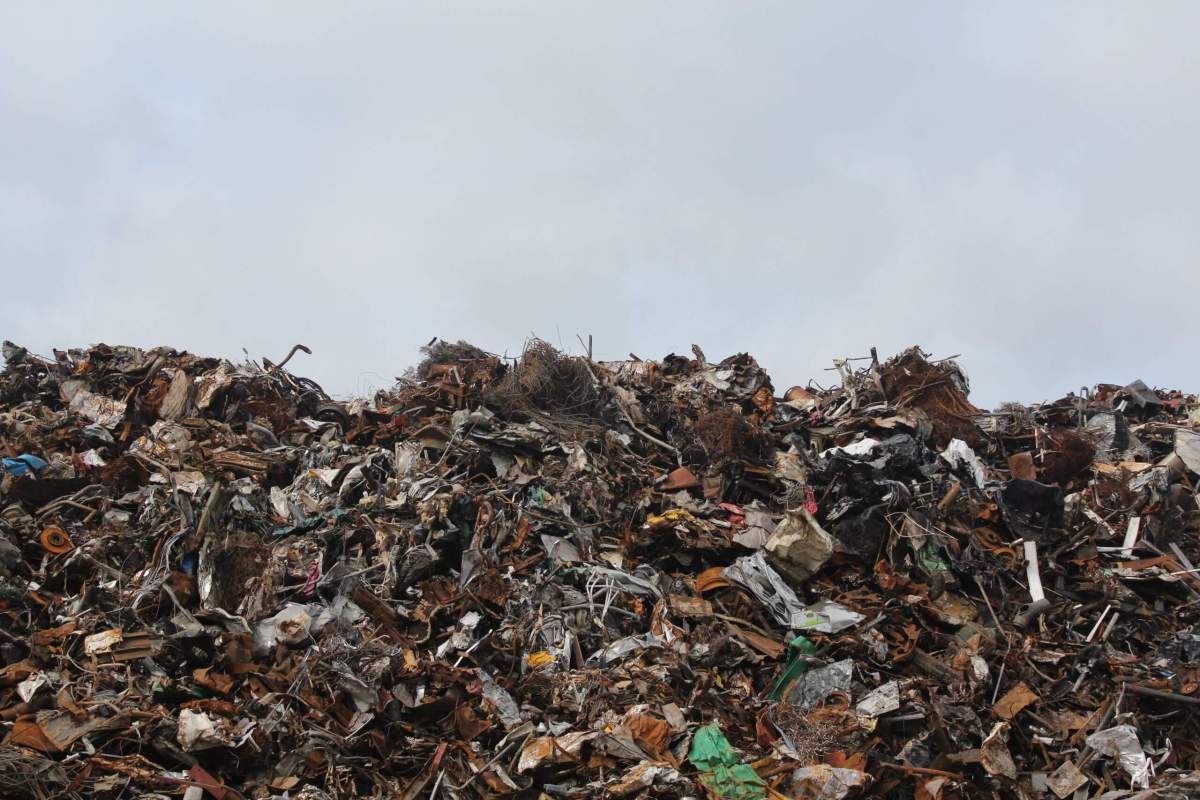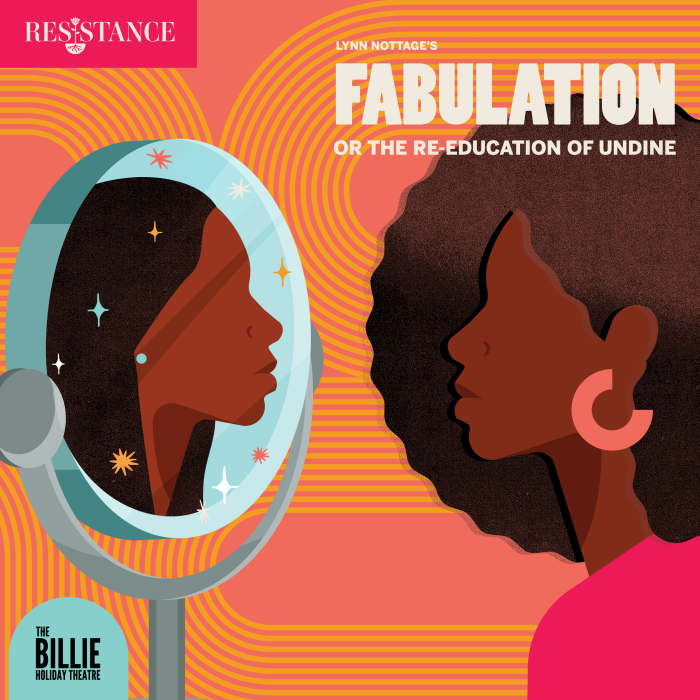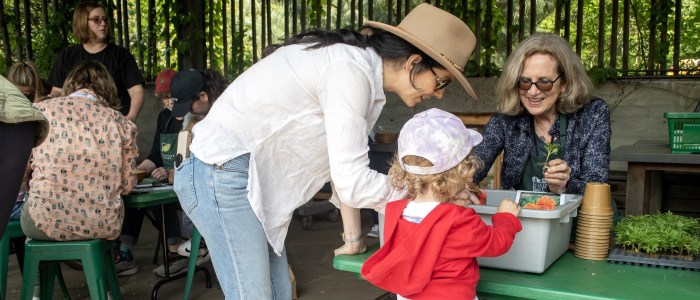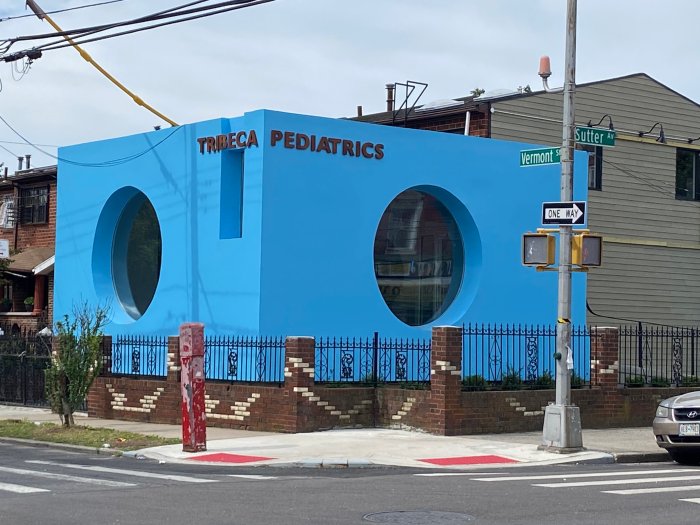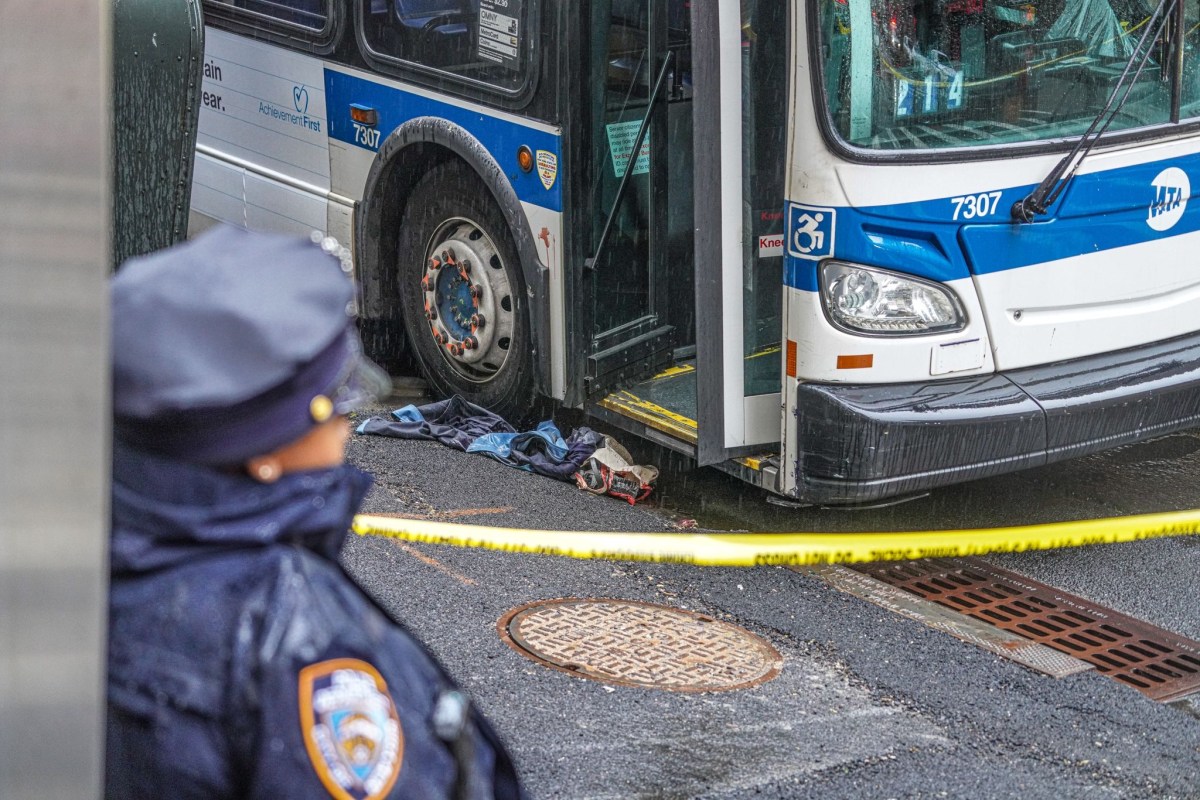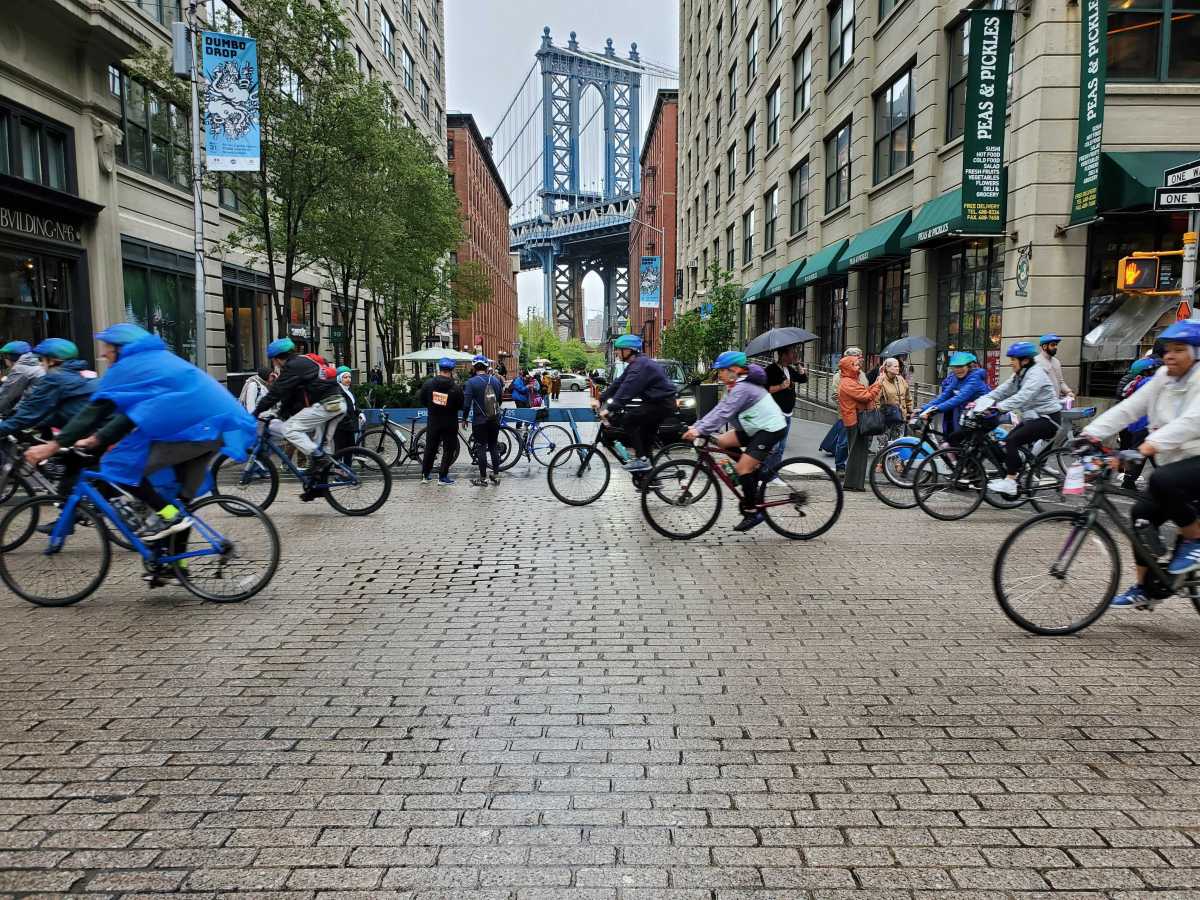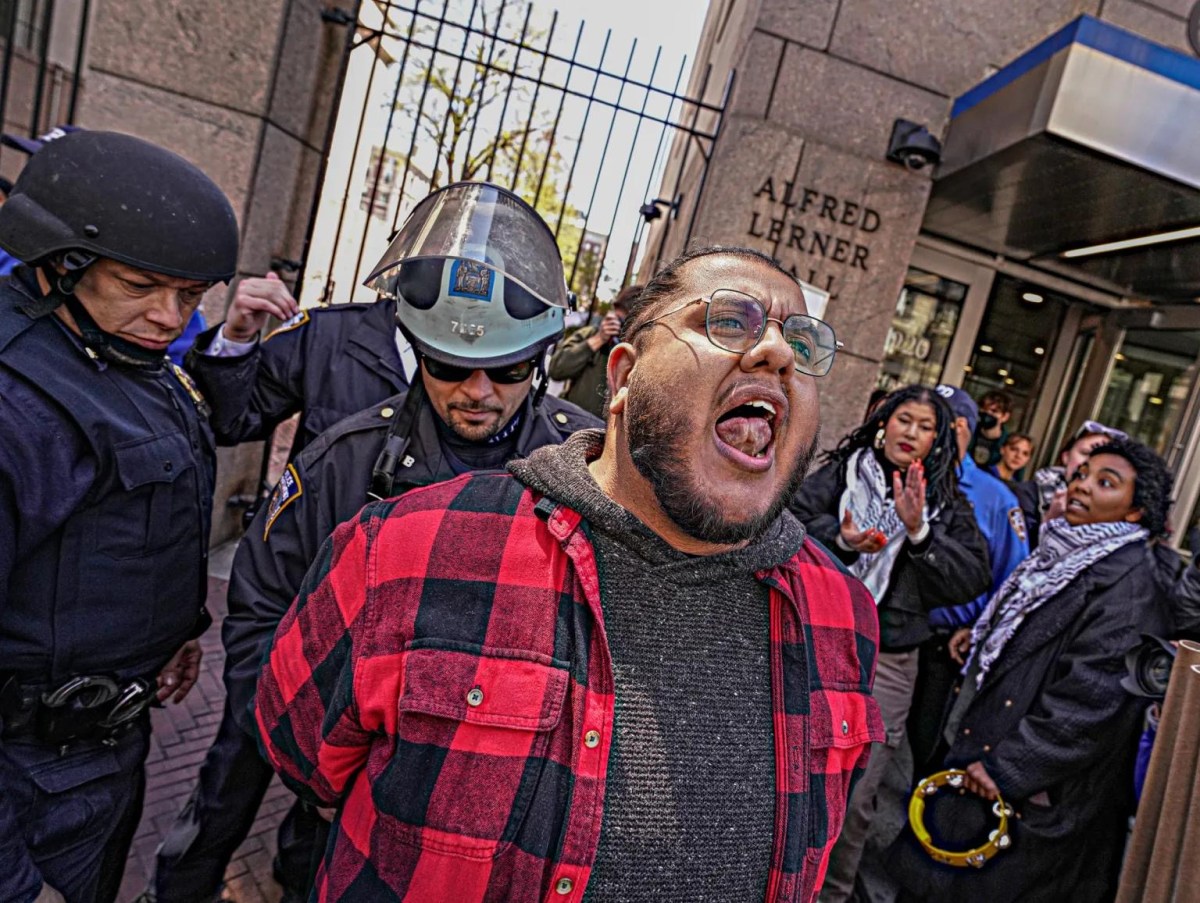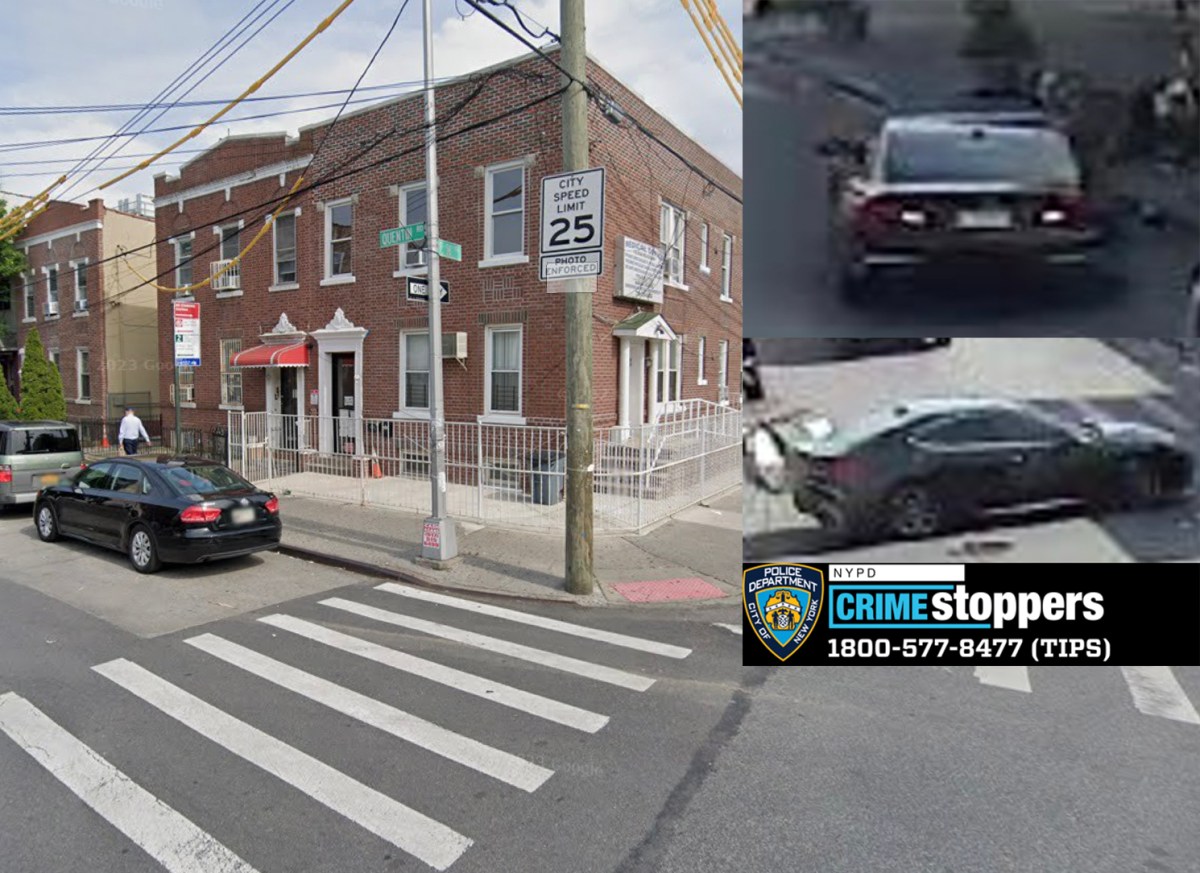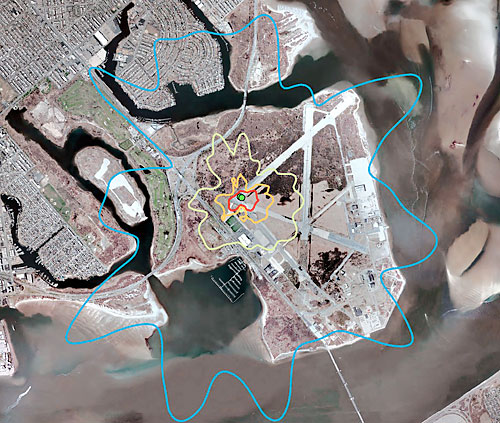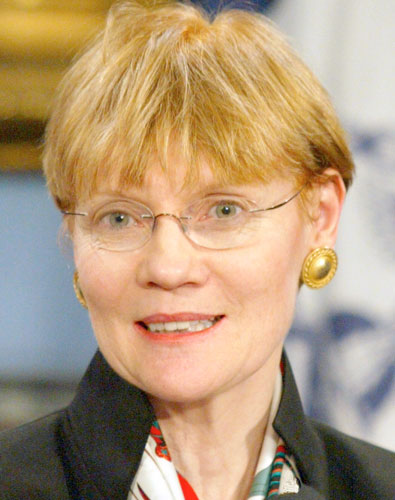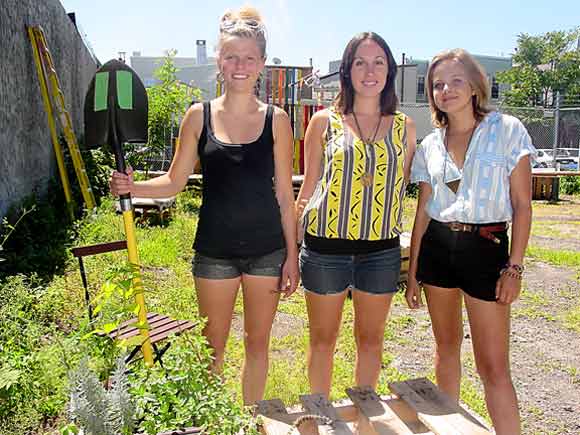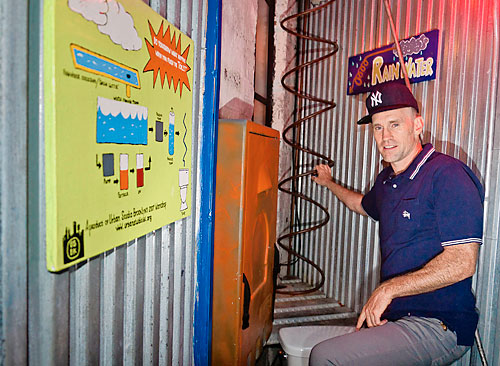City legislation has reduced the amount of waste processing capacity in three trash-overburdened parts of the city by more than 10,000 tons, according to a recent report by the Department of Sanitation.
The so-called 2018 Waste Equity Law cut daily capacity of waste transfer stations by 22 percent in north Brooklyn, southeast Queens, and the South Bronx during the first year of its implementation, and the bill’s prime sponsor said the law change addresses historic injustices of moving Gotham’s garbage through mostly low-income communities of color.
“I grew up breathing the toxic air produced by trash trucks barreling through Williamsburg by the hundreds on a daily basis,” said Councilman Antonio Reynoso, in a statement. “When I became a Council Member, I committed to ensuring the next generation would not be made victim to the same environmental racism.”
During the bill’s first year of implementation, starting in September 2019, 22 waste transfer stations in those areas have cut their permitted daily transfer station capacity by a total of 10,137 tons, most of which in Brooklyn, according to the November DSNY report.
Ever since then-Mayor Rudy Giuliani closed the Fresh Kills landfill on Staten Island in 2001, almost all of the Big Apple’s rubbish has been exported via long-haul truck and private transfer stations — 26 out of 38 of which are located in north Brooklyn, southeast Queens, and the South Bronx.
The three areas together process three-quarters of the city’s trash — north Brooklyn alone has 38 percent of the waste processing capacity — which results in dangerous truck traffic and higher air pollution in those nabes that has had devastating effects on locals’ health, said one advocate.
“The law has accomplished a reduction in permitted transfer station capacity in our City’s most overburdened communities — those same communities who suffer from elevated asthma and higher COVID deaths,” said Melissa Iachan, a senior staff attorney for New York Lawyers for the Public Interest.
Reynoso’s bill mandated a 50 percent reduction of permitted waste transfer station capacity in north Brooklyn and another 33 percent in the other two areas, while stipulating that the city’s 59 community board districts not process more than 10 percent of the city’s trash each.
Kings County facilities cut 7,112 tons in capacity during that year, or about 70 percent of the citywide reductions, according to New York’s Strongest.
The largest single decrease of all stations in the city was by Cooper Recycling at Varick Avenue and Meserole Street near the Newtown Creek in East Williamsburg, which cut 2,421 tons during that year, almost halving its capacity.
Most other Brooklyn facilities affected by the bill were in that neighborhood or industrial parts of Greenpoint, along with some in East New York, East Flatbush, Red Hook, and Sunset Park.
The move has likely not yet drastically cut into the amount of trash actually moving through those facilities, since the 22 stations collectively still have a daily capacity of 35,312 tons, compared to an average 19,102 tons they took in per day in 2019, according to DSNY’s figures.
As the bill continues to take effect, advocates said the city still has a lot more to do to make trash disposal cleaner and more equitable.
One environmental activist called on the city to fully implement its 2006 Solid Waste Management Plan shifting trash transport from trucks to rail and barges, along with the 2019 introduction of Commercial Waste Zones, which aims to streamline private waste collection and reduce truck traffic.
“We look forward to seeing the city re-committing to waste equity goals and furthering the impact of this achievement,” said Tok Michelle Oyewole of the New York City Environmental Justice Alliance, adding that officials should work to divert recyclables from transfer stations entirely.
“[The city should be] removing streams that can be recycled and removed from transfer stations altogether, like organics and textiles; and by ceasing the externalization of poorly-handled refuse to communities and municipalities that have effectively been deemed disposable,” the advocate said.


